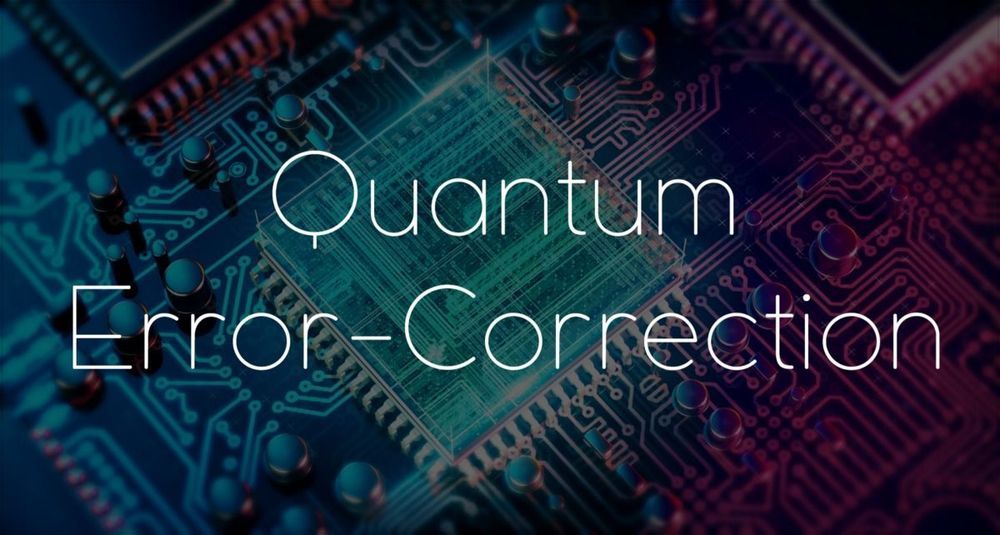Exploring the intersection of quantum gravity in the theory of quantum error correction.






Yale researchers have figured out how to catch and save Schrödinger’s famous cat, the symbol of quantum superposition and unpredictability, by anticipating its jumps and acting in real time to save it from proverbial doom. In the process, they overturn years of cornerstone dogma in quantum physics.
The discovery enables researchers to set up an early warning system for imminent jumps of artificial atoms containing quantum information. A study announcing the discovery appears in the June 3 online edition of the journal Nature.
Schrödinger’s cat is a well-known paradox used to illustrate the concept of superposition—the ability for two opposite states to exist simultaneously—and unpredictability in quantum physics. The idea is that a cat is placed in a sealed box with a radioactive source and a poison that will be triggered if an atom of the radioactive substance decays. The superposition theory of quantum physics suggests that until someone opens the box, the cat is both alive and dead, a superposition of states. Opening the box to observe the cat causes it to abruptly change its quantum state randomly, forcing it to be either dead or alive.

D-Wave Systems today unveiled the roadmap for its 5,000-qubit quantum computer. Components of D-Wave’s next-generation quantum computing platform will come to market between now and mid-2020 via ongoing quantum processing unit (QPU) and cloud-delivered software updates. The complete system will be available through cloud access and for on-premise installation in mid-2020.
Binary digits (bits) are the basic units of information in classical computing while quantum bits (qubits) make up quantum computing. Bits are always in a state of 0 or 1, while qubits can be in a state of 0, 1, or a superposition of the two. Quantum computing leverages qubits to perform computations that would be much more difficult for a classical computer. Based in Burnaby, Canada, D-Wave has been developing its own quantum computers that use quantum annealing.
D-Wave is mainly focused on solving optimization problems, so its quantum computers can’t be directly compared to the competition. Indeed, many have questioned whether D-Wave’s systems have quantum properties, and thus performance that classical computers can’t match. In the meantime, D-Wave continues to improve and sell its systems.
The techniques of microwave quantum optics are applied to collective spin excitations in a macroscopic sphere of ferromagnetic insulator. We demonstrate.
In the single-magnon limit, strong coupling between a magnetostatic mode in the sphere and a microwave cavity mode. Moreover, we introduce a superconducting qubit in the cavity and couple the qubit with the magnon excitation via the virtual photon excitation. We observe the magnon-vacuum-induced Rabi splitting.
The hybrid quantum system enables generation and characterization of non-classical quantum states of magnons.


Also, loosely following technology that could be used to build a real working time machine. Anyone with an interest in time travel is welcome to participate.
But, I have been watching tech news for what could be used to build a time machine. I think we are pretty close. You’d still need a few physics guys with 150+ IQ’s to work on the equations, a guy with a 200+ IQ to figure out how to put the whole thing together, and a guy with billions of dollars to fund it. But most of this stuff is for sale to the public, (short list):
1. quantum computer; to run the calculations.
We exhibit a simple, systematic procedure for detecting and correcting errors using any of the recently reported quantum error-correcting codes. The procedure is shown explicitly for a code in which one qubit is mapped into five. The quantum networks obtained are fault tolerant, that is, they can function successfully even if errors occur during the error correction. Our construction is derived using a recently introduced group-theoretic framework for unifying all known quantum codes.